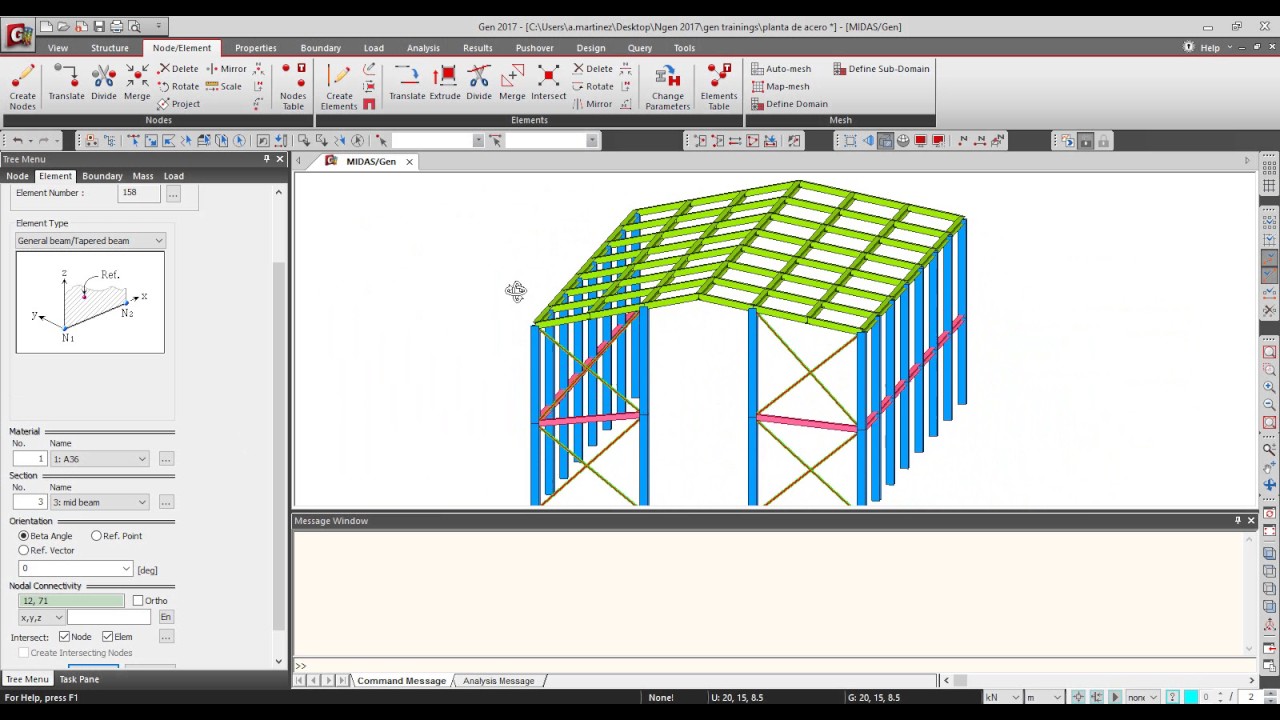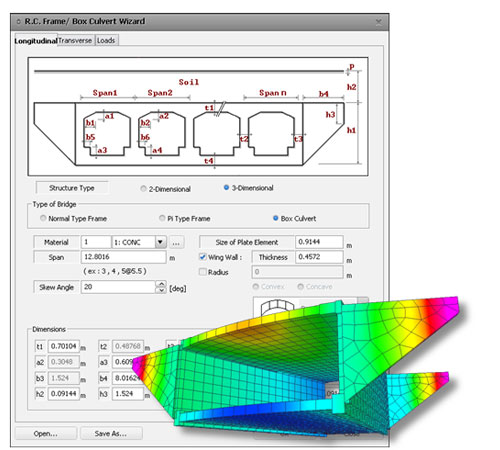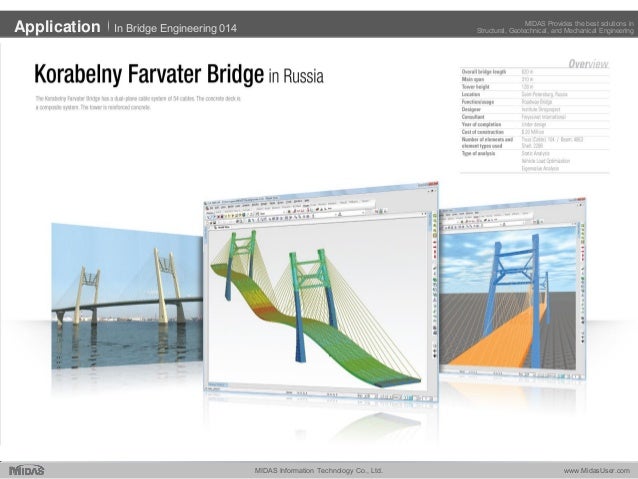


In current version this is not achievable and only ALL2 can be combined with HB loading. I suggest this issue be resolved in future implementation.Īnother issue I was having is combining ALL 1 with HB vehicles. However, I don't think this would be the best solution as it be more efficient if the software applied the UDL automatically by considering all cases and finding the optimum solution. I believe this is another solution to the problem and allows the assessor to be flexible with the remaining area to choose where it will be. Please not this is quite urgent and the assessment is on hold due to this issue.

Thanks, I look forward to receive your response.

I have attached screenshots from relevant CS454 tables and clauses and have my model also attached. Send me a tutorial on how this can be defined/achieved and if The model you have sent me in yourĮmail also doesn’t have the moving load optimisation defined. Midas I believe this is achieved through the moving load optimisation, however The kerbline rather than lanes and the software applies lanes/factors/vehiclesĪs per code and in the most onerous locations for each of the elements. Currently in Lusas this is achieved by defining Needs to optimise the lanes/vehicles to get the most onerous loading for eachĮlement that is being checked. Now to be able to do this efficiently, the software Remaining area of 0.144m and in the convoy vehicle loading 3 lanes of 2.5m withĪ remaining area of 1.644m. Where the assessment live loading exceeds 7.5tĬlause 5.16 also requires a udl of 5 kN/m3 to be applied over the remainingįor example I have a carriage of 9.144m, whenĬonsidering the single vehicle loading 3 lanes of 3m should be specified with a The Lane factors are also interchangeable Widths for single vehicle (3m lane width) and convoy of vehicles (2.5m width).Īnd in table 5.9c lane factors for each lane (1.0įor lane 1 and 2 and 0.5 for lane 3). I'm currently carrying out an assessment to ALL 1 as per CS454.ĬS454 table 5.9a specifies different notional lanes


 0 kommentar(er)
0 kommentar(er)
